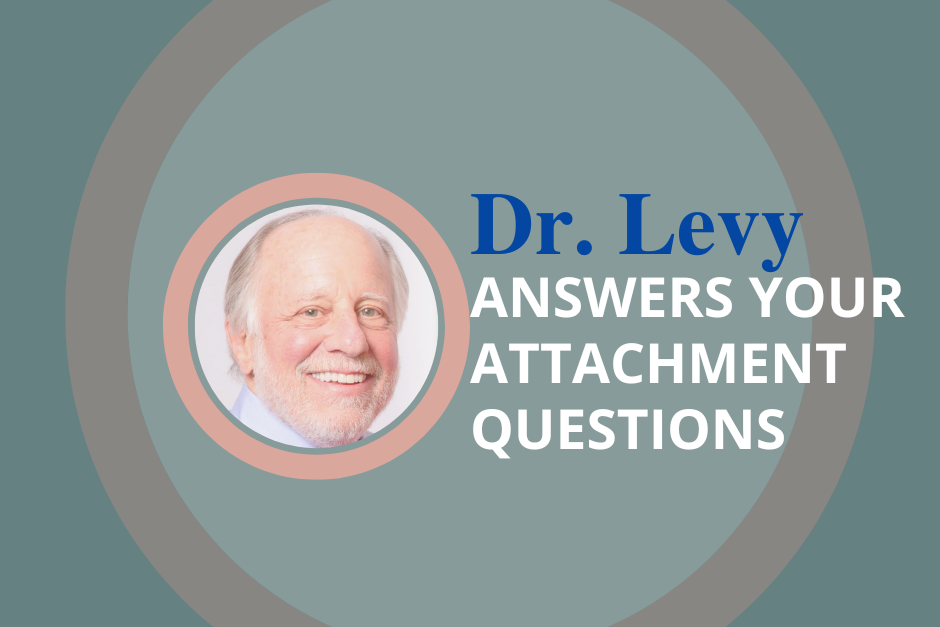Each month, Dr. Levy answers a common question he has received from professionals, caregivers and parents during three decades of pioneering work on attachment theory, treatment and training.
To be a healing parent you need to be able to look in the mirror – to understand your attachment history and current mindset – so you can truly support your child’s attachment needs.
Attachment styles affect people from the cradle to the grave. You bring your past experiences, feelings, expectations and relationship patterns into your parent-child and adult intimate relationships. Your experiences in earlier relationships create core beliefs and attachment styles, which then determine how you perceive and relate to your children and adult partners.
Once formed, our belief systems and attachment patterns operate automatically and unconsciously, making them difficult to change. Change, however, is possible. As you increase self-awareness, you are no longer on automatic pilot. You now have choices and are open to creating new experiences with your children and partners.
Parenting with self-awareness, after looking into the mirror, is called mindful parenting because your state of mind is focused on your thoughts and feelings, as well as those of your children. Knowing yourself – making sense of your life and coming to terms with your past – is the first step in helping your child heal. When looking in the mirror and learning to know yourself, it is important to be aware of the following factors:
5 Factors
- Your mindset – Your core beliefs, created in early attachment relationships, which affect how you interpret your child’s behavior, your emotional reactions and your parenting attitudes and style.
- Your emotional reactions – Strong negative feelings, triggered by your child’s actions and demeanor, usually associated with your own early attachment experiences.
- Your attachment history – Past relationship experiences and patterns that still influence your perceptions, attitudes and behavior.
- Your coping strategies – Style of responding to emotionally-laden events; how you deal with issues such as threat, anger, confrontation, rejection, frustration, disappointment and loss.
- Your body signals – Physical reactions, especially to stress and threat, such as racing heart, clenched jaw and shallow breathing.
When you are aware of these factors, you can see how they impact your relationship with your child and be more mindful of how you interact with and respond to your child.
Previous articles addressed questions about the Seven Functions of Secure Attachment, the Dependency Paradox, the importance of talking about trauma, the First Year Attachment Cycle, traits of successful and healthy adult relationships, the importance of hope as a part of treatment for trauma, the core concepts of child development, parenting strategies for deescalating conflict, the importance of touch to fostering attachment, the 10Cs of Healing Parenting, why family rituals and routines are important, and the seven steps of anger management.


